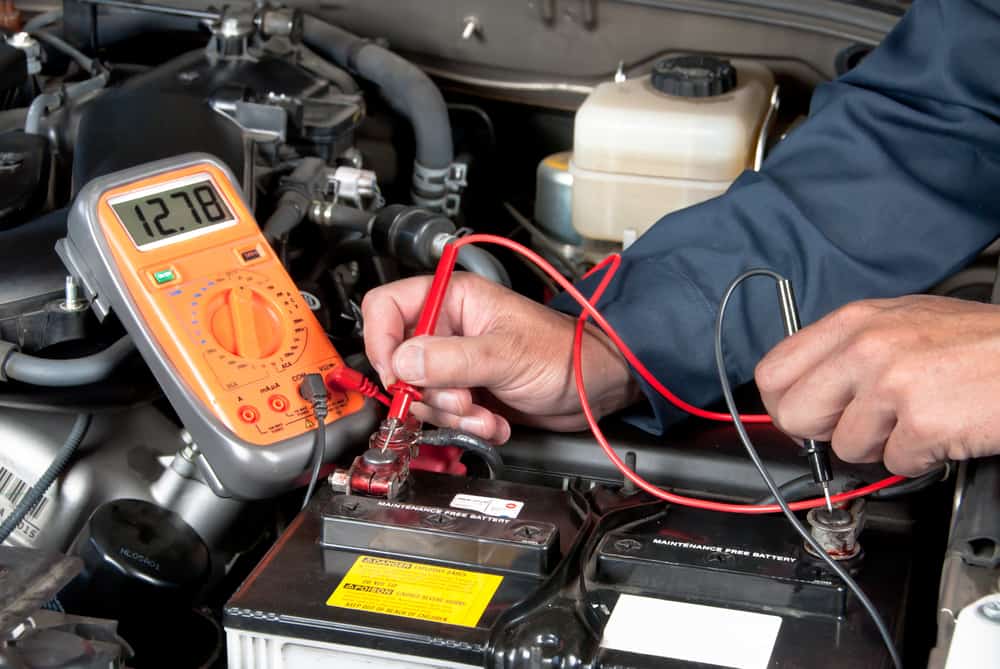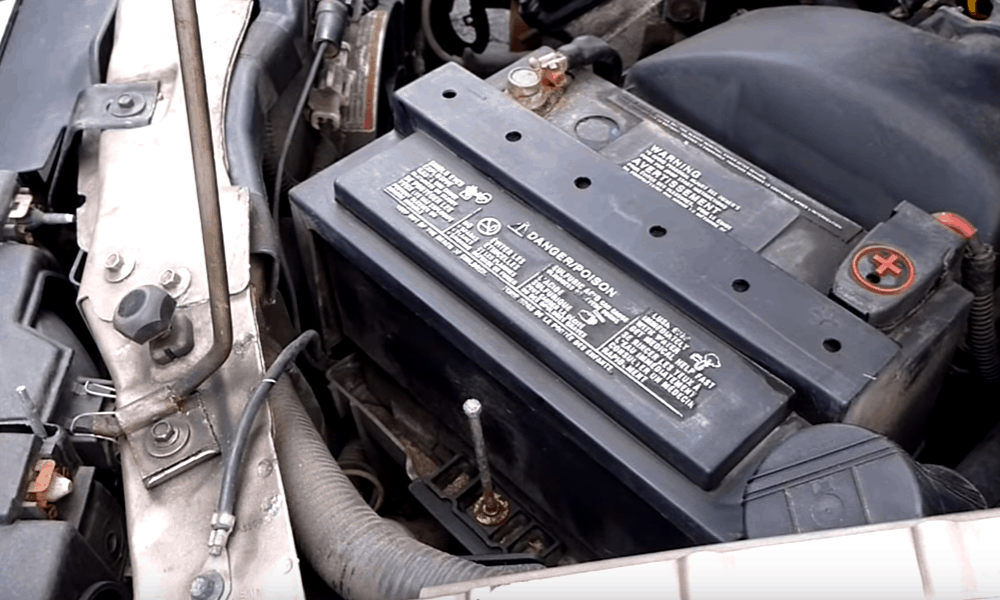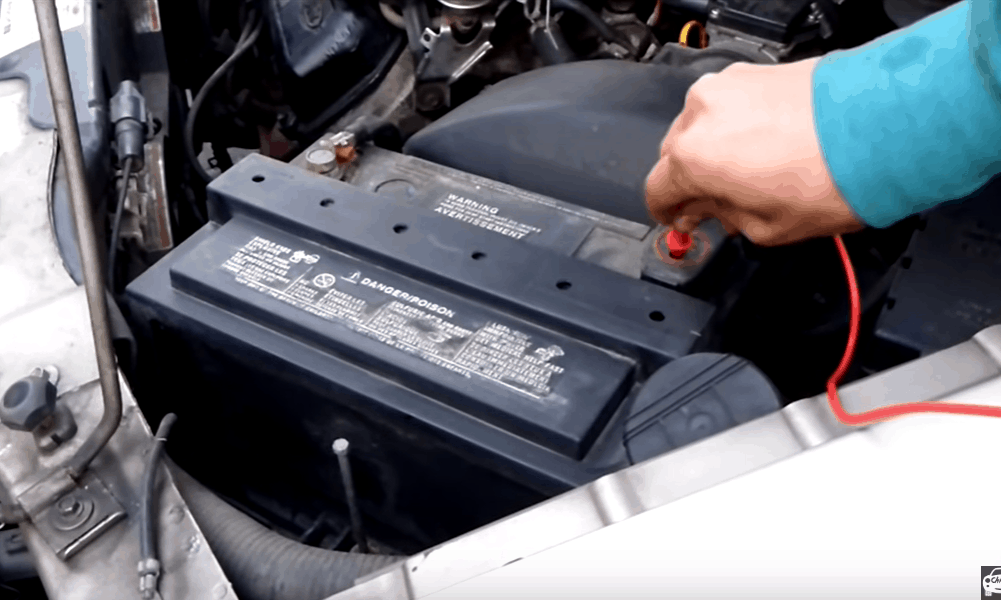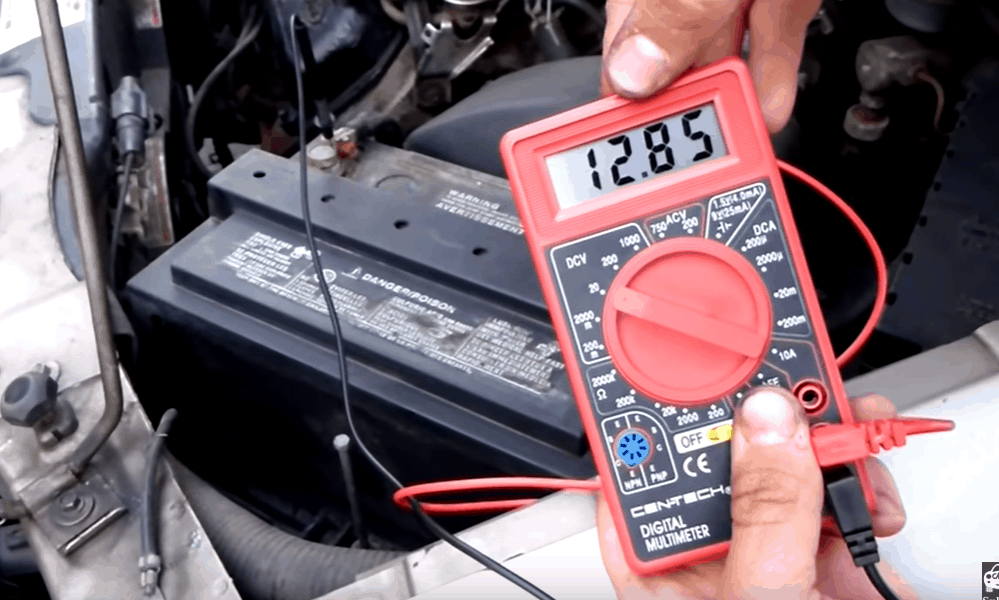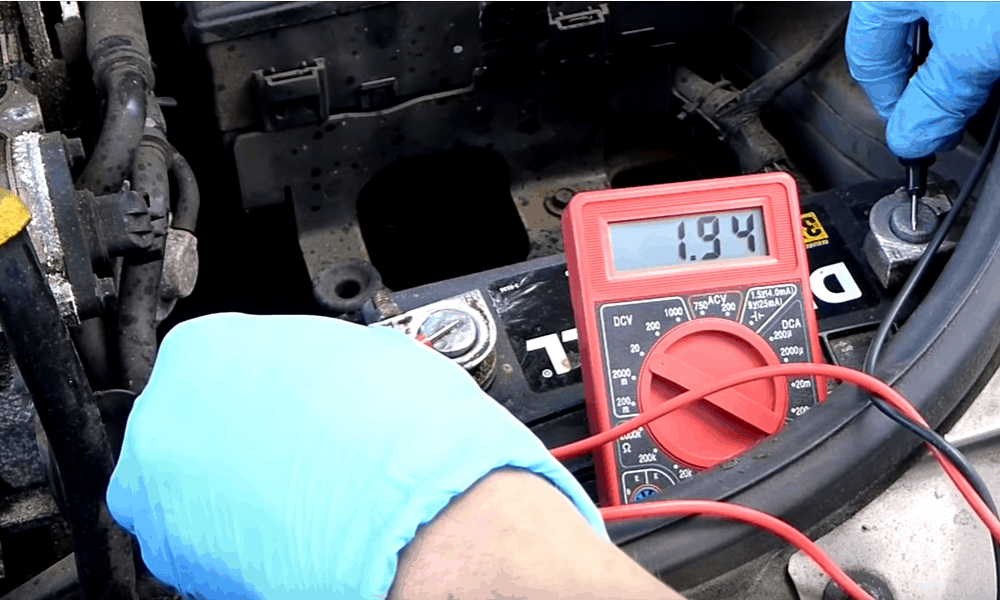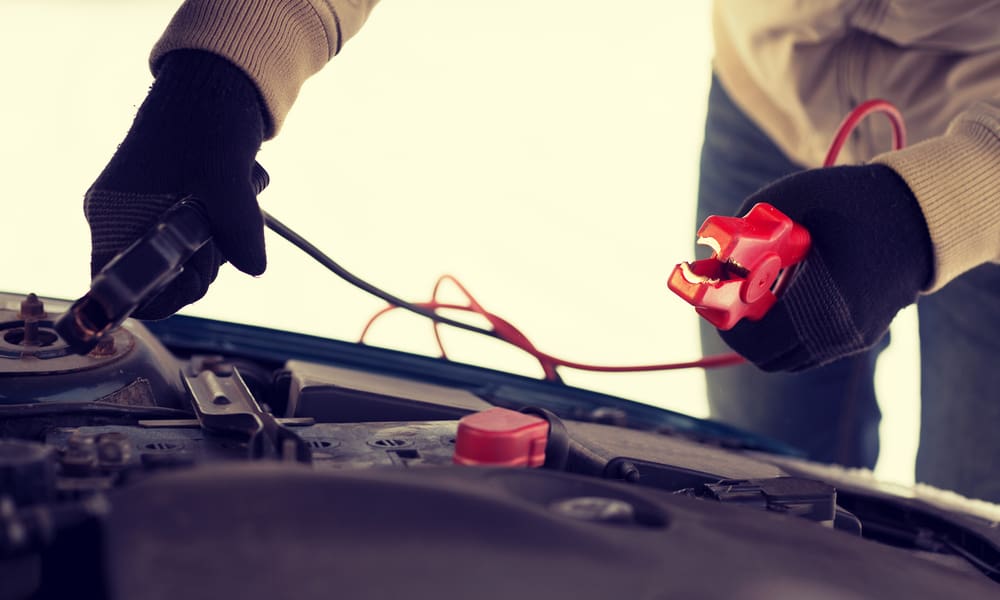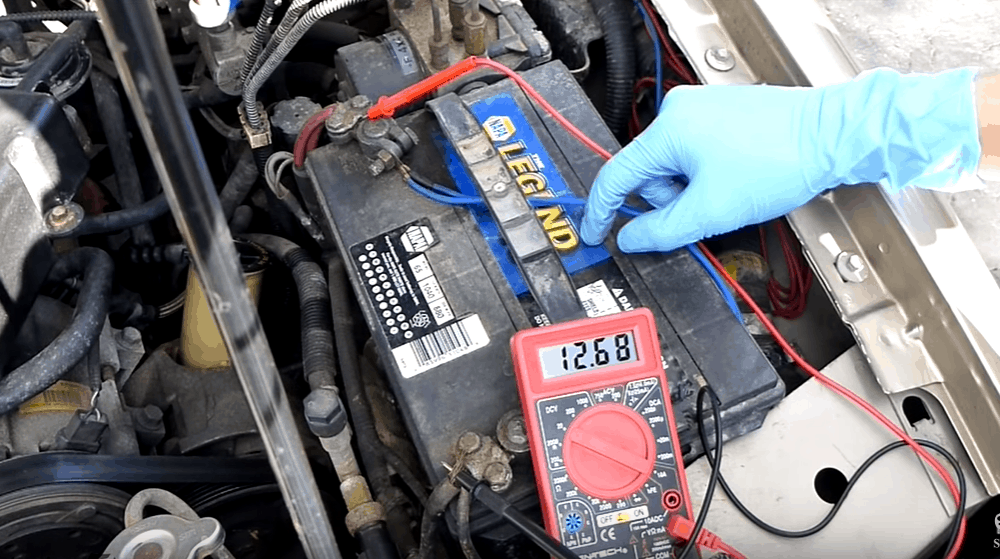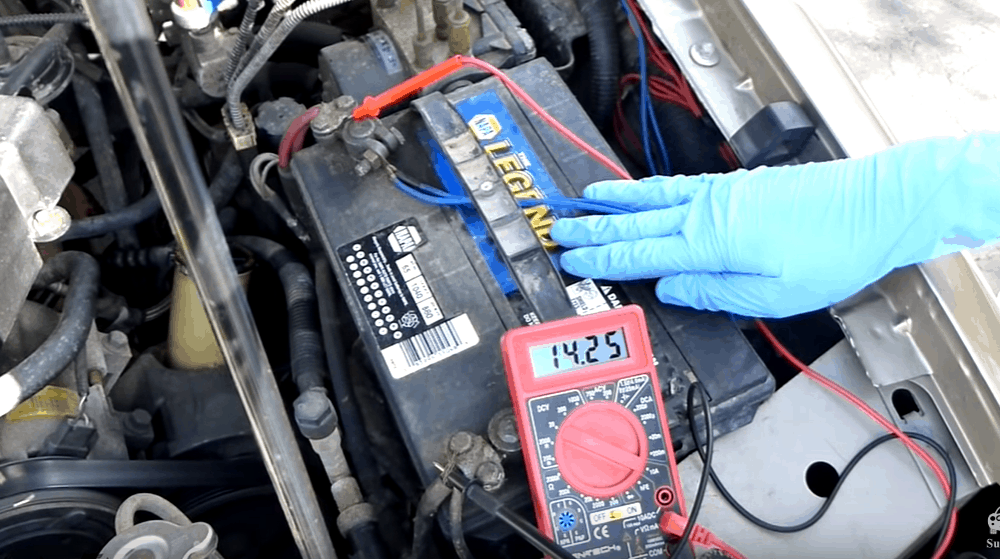A car battery performs an essential function as it helps to power up the vehicle. For this reason, it is important you keep it in perfect condition to avoid setbacks. To keep it in good working order at times, most experts recommend that you test the battery as often as needed.
Luckily, checking the state of your battery requires a few steps. You can even take up this mini- project in your home. But if you don’t know how to test a car battery, you follow the step provided below to become an expert at handling this job.
Different Ways to Test a Car Battery
Performing regular tests on your electrical system and car battery allow your vehicle to run smoothly. Are you ready to learn how to how to test if a car battery is bad? Look at the following guide that will offer helpful tips.
How to Test a Car Battery with a Digital Multimeter
Step 1: Look for the Battery
Usually, you can find the battery in the hood of the vehicle. But some car companies install batteries in hard to find spots like the back seat or trunk. Others place it inside the wheels of the cars.
Finding the battery might take some time when on the task on how to test a car battery. But if you want a quick search, look up the owner manual or perform an online search on your vehicle.
Step 2: Gather the Required Equipment
Switch off the lights and ignition of the car, and then bring out the multimeter needed. Take the black lead of the multimeter and place it on the negative cable of the battery. Afterward, place the red point on the positive wire of the cell.
Switch on the device to the DC volt setting. If you can’t find it, look at the DC reading that has a line. Do not use the DC reading that has a wavy line as it works only with home appliances.
Step 3: Look at the Results on the Display
You need to look at the readings on the screen to know how to test a car battery using a multimeter. If the voltage readings should appear as:
- 66 volts = 100% charged
- 24 volts = 50% charged
- 89 volts = 0% charged
A battery at 27°C or 80°C will show the above values. For every 10 degrees change in the temperature, the voltage on the car battery will change by .01 volts.
Step 4: Understand the Readings
Does the car battery read more than 12.45 volts? If it does, then it has a proper charge. But if you record lesser values, recharge the cell and take to an auto shop for testing.
The results of a charge test do not show if you have a bad or good battery. Instead, it signifies the present condition of the charge. So if the cell has low power, a quick top-up can make it work. Overall, good batteries store energy better than weak ones.
Step 5: Recharge Your Car Battery
When you have a battery with a low charge, recharge it, and repeat the test. To restore the cell to its full strength, use an alternator or portable charger.
If you prefer using the alternator, start by charging the engine with a pair of jumper cables. Next, drive the vehicle for less than 30 minutes. You can even charge the battery by removing it from the vehicle, and taking it to an auto parts store.
Step 6: Test the Car Battery
After charging the item, you should know how to test a car battery for dead cell or good working one. You can use any of the methods to check the charge on the cell.
- Load tester: The test involves applying a load to the cell while the checker checks the voltage on it. If you have a reading of 9.6 volts, consider replacing the battery.
- Via an electronic tester: Here, you can detect the status of the battery cells with the use of frequency waves.
If you don’t know how to check a car battery at home with the above-mentioned method, take it to a local auto parts store.
Using the Alternator
This component is a vital component of a vehicle. The alternator charges up the batteries, when the engine is functioning. It even creates electrical energy that it uses to power devices in the vehicle.
To test the car battery with this method, you will need a multimeter handy. Use the device to confirm the condition of the vehicle’s alternator.
If you don’t know how to use it, look up the steps in the how-to test a car battery with a digital multimeter above. During the test, leave the engine at idle speed and look for a 13.8V – 14.4V reading on the instrument.
If you have a reading of fewer than 13.8 volts, this means that the vehicle has an undercharged battery. But if it exceeds 14.4 volts, the battery is overcharged. Since both readings discovered can damage the battery, you will need to call a professional to have a look at the alternator.
Learning how to test a car battery comes as an essential skill for any driver. But if you don’t have the latest battery, you should learn how to how to test a car battery without a multimeter.
How to Test a Car Battery with a Hydrometer
A hydrometer comes as an alternative way to confirm the state of a traditional car battery. Since this cell has caps, you can reach its interior cells (with the tool). However, avoid any contact with the liquids as they can damage your skin, apparatus, or the battery itself.
This guide on how to test a car battery using a hydrometer will require a model that features an inbuilt thermometer. This will enable you to detect the temperature of the battery liquid. Now use the following steps to test the cell with Hydrometer.
- Before working with the battery, wear protective clothing that includes safety goggles and a pair of gloves. Using these items will help protect your skin or eyes from corrosive battery fluid.
- Take off the battery caps and dip in the tip of the hydrometer. After covering the tool with battery liquid, press the bulb on the hydrometer to push out the air. Collect some of the fluid into the machine by releasing the bulb and measure the specific gravity.
- Take out the hydrometer and return the cap of the battery. Take out a piece of paper and write down the particular gravity recorded. Repeat the process on all cells of the battery.
- The specific gravity of a good battery should fall between 1.265 to 1.299. If it goes lower than this range, then you have an undercharged cell.
- Look at the readings from all the cells and look for differences. If you notice a difference of 0.0025 to 0.05, you should swap your current battery for a new one.
Test the Car Battery with Power Probe
If you prefer another way to test the battery on the vehicle, use a power probe in the following steps:
- Take out the cover on the positive terminal of the cell.
- Place the positive lead of the tool on the positive terminal on the battery. Then repeat the process with the negative ends of the probe and battery. Finally, fix the tip of the power probe to the positive end of the car battery.
- A good battery should measure between 12.2V and 12.9V. If you want to test a battery in cold areas, the power probe method comes as an ideal solution.
Wrap Up
If you want to keep a car battery in perfect condition, you will have to test its ability to maintain a charge. You can perform this task in your home by using a multimeter, hydrometer, or power probe. But if you prefer professional help, take the battery to an auto spare part store.
When using any of these tools, remember to follow some rules:
- Do not read the DC meter with the wavy line when using digital multimeters.
- If you use a hydrometer, wear protective clothing and avoid exposure to battery fluid.
I hope you enjoyed this article, please feel free to share with your friends. You can also drop your comments and questions in the space below.
